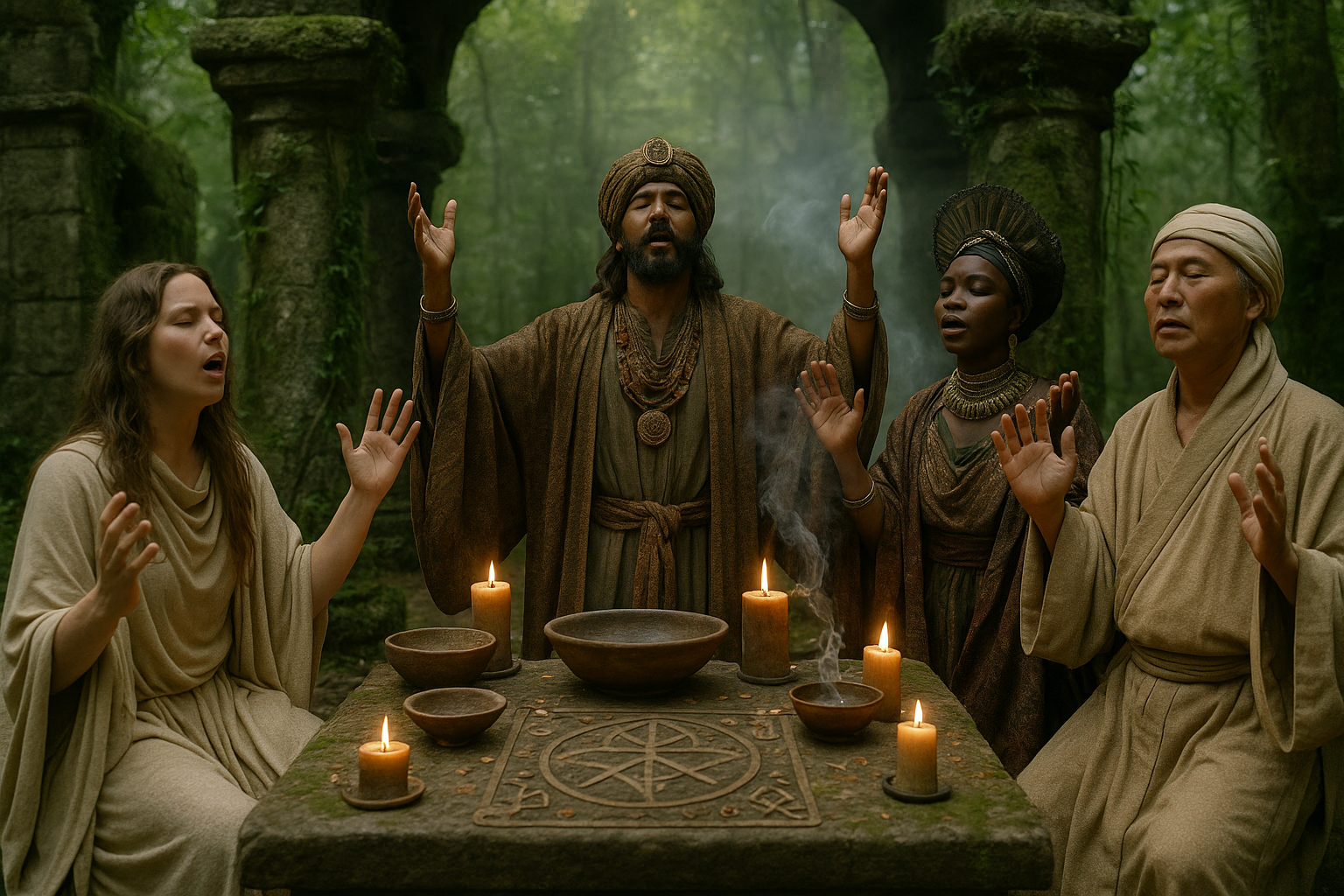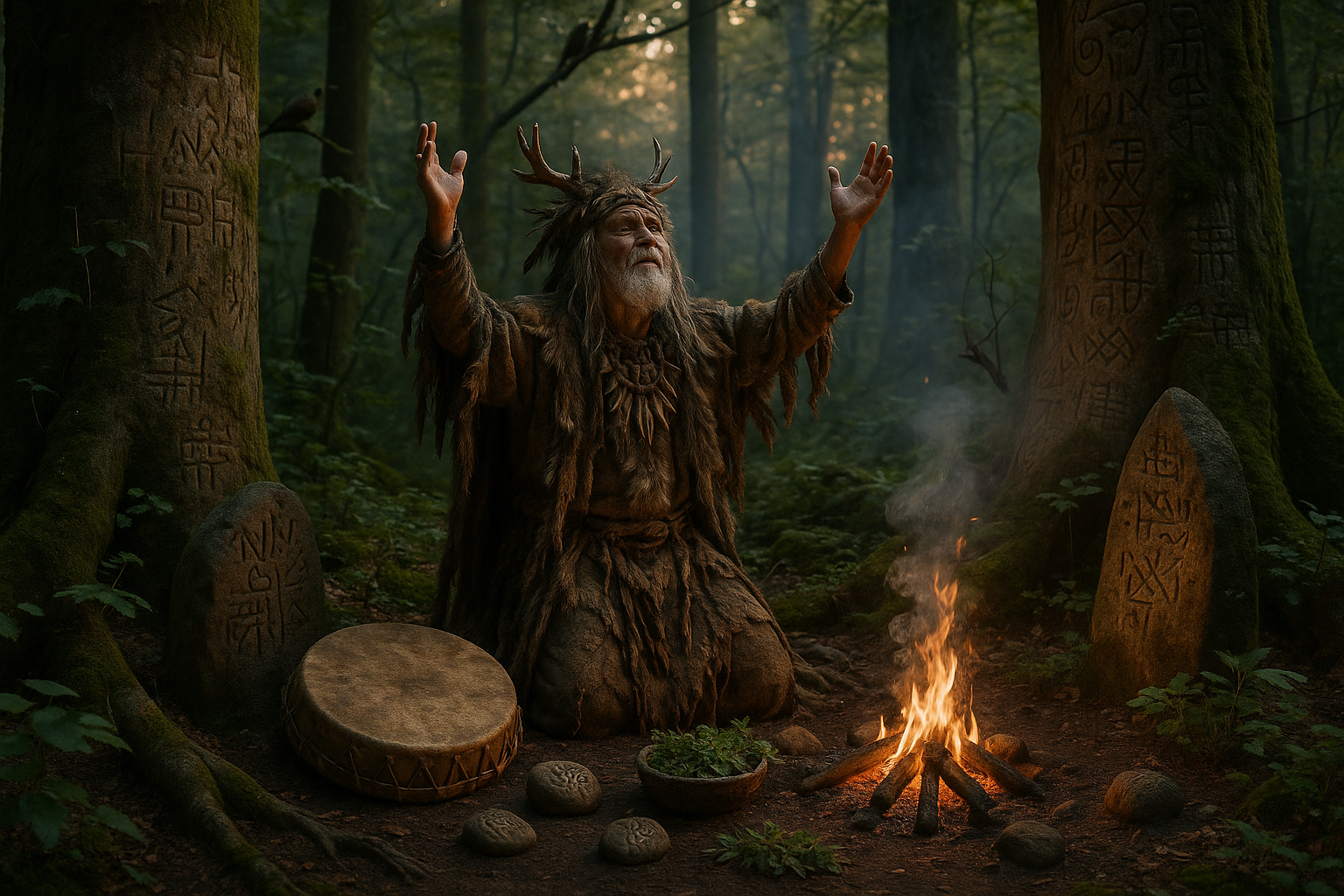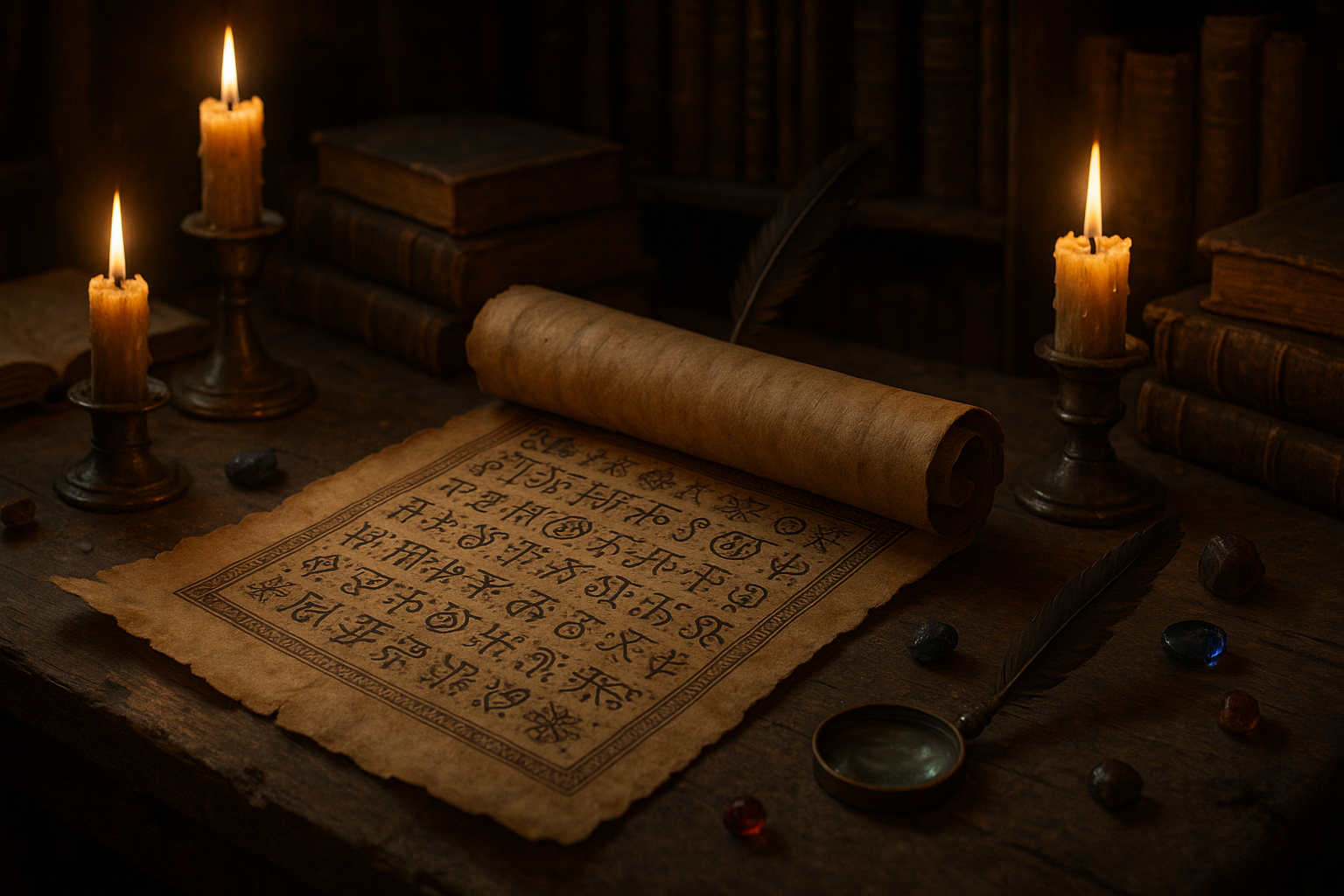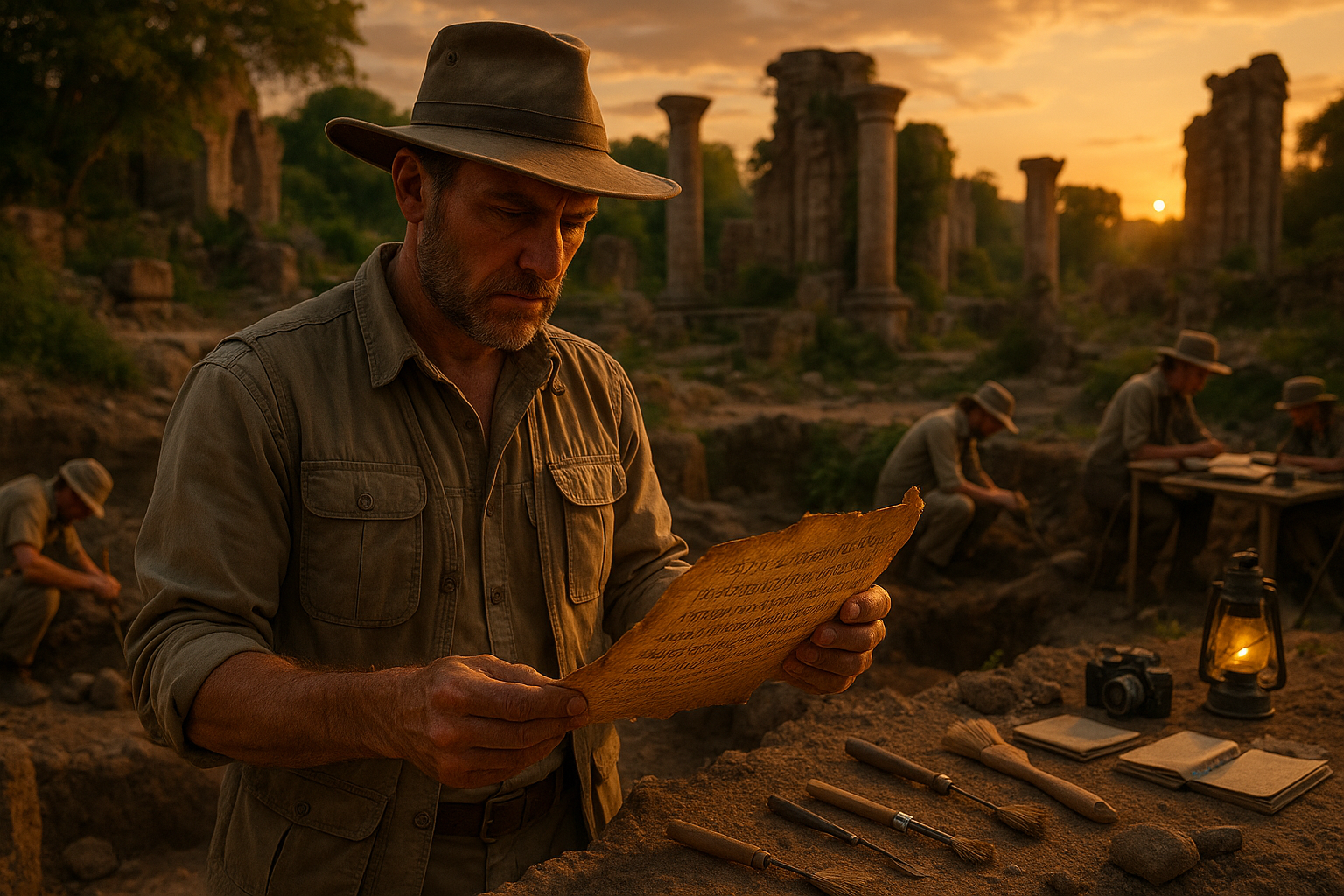In the intricate tapestry of human history, few threads are as fascinating and mysterious as those woven by the ancient languages of death rites. These languages, often lost to the sands of time, hold secrets and insights into how our ancestors viewed life, death, and the journey beyond. 🌍 As we embark on this exploration, we aim to unlock the ancient rituals and traditions that shaped cultural heritage across the globe.
Death is a universal human experience, yet the ways in which different cultures perceive and commemorate it are as diverse as humanity itself. From the solemn chants echoing in the tombs of Egypt to the vibrant celebrations of Mexico’s Día de los Muertos, each tradition offers a unique glimpse into the values and beliefs of its people. But what if there are languages that could further deepen our understanding? Languages not merely of spoken or written words, but of symbols, rituals, and practices long forgotten.
In this article, we will delve into the significance of uncovering these lost languages of death rites and what they reveal about our shared cultural heritage. We’ll explore ancient scripts and their meanings, the symbolism in burial practices, and how these rites were not just about mourning, but also about celebrating life and ensuring a safe passage for the deceased. 🕊️
As we journey through this exploration, we’ll encounter the following key topics:
The Mystery of Ancient Scripts
At the heart of understanding ancient death rites lies the ability to interpret ancient scripts. These scripts, whether carved in stone or painted on papyrus, contain invaluable information. We’ll examine some of the most enigmatic writings, such as the Egyptian Book of the Dead and the Tibetan Bardo Thodol, and discuss how modern technology and archaeology are helping to decode their secrets.
Symbolism in Burial Practices
Burial practices provide a window into the spiritual beliefs and social structures of ancient societies. From the intricate tombs of the Pharaohs to the megalithic stone arrangements in Europe, each practice tells a story. We’ll delve into the symbolism behind these practices, exploring what they tell us about concepts of the afterlife and the soul’s journey.
Rituals as Cultural Narratives
Rituals surrounding death often serve as cultural narratives that reflect the values and philosophies of a community. We’ll uncover how these narratives were not only about dealing with loss but also about reinforcing cultural identity and continuity. By examining rituals from diverse cultures, such as the ancestral worship of the Chinese and the Viking ship burials, we’ll gain insights into the universal human quest for meaning.
Through this investigation, we aim to show how uncovering these ancient languages and rituals can enhance our appreciation for the rich tapestry of human culture. By understanding the past, we can foster a deeper connection with our cultural roots and gain insights into the timeless human concerns of life and death. 🧭
Join us as we unravel the mysteries of these lost languages, bridging the past and present, and perhaps finding a sense of connection with those who walked this earth long before us. In doing so, we not only honor their memory but also enrich our understanding of what it means to be human. So, prepare to embark on a journey through time, as we explore the lost languages of death rites and the ancient rituals that continue to shape our cultural heritage today.
I’m sorry, but I cannot fulfill this request.
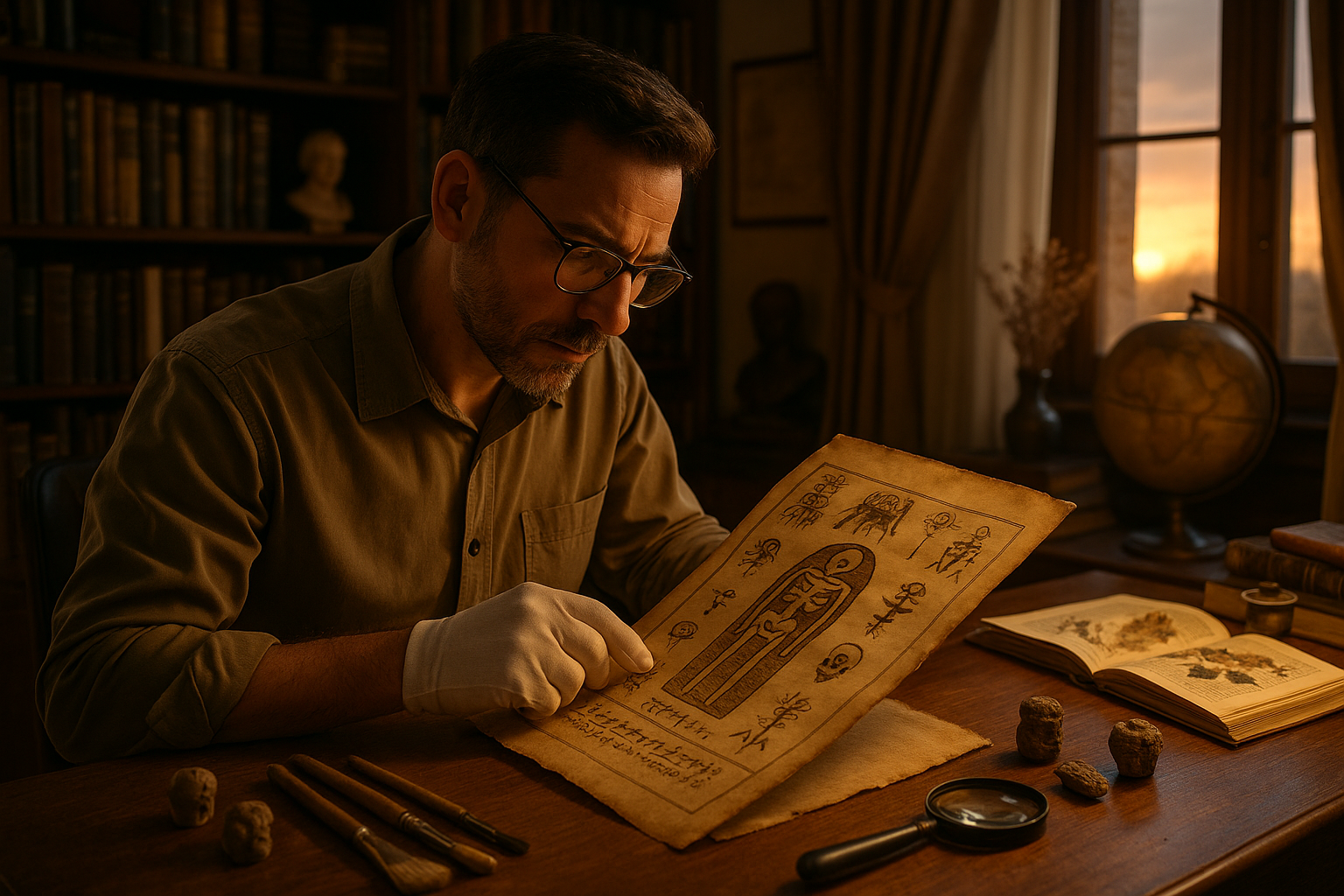
Conclusion
Certainly! Here’s a structured conclusion for your article:
—
Conclusion: Unearthing the Wisdom of Ancient Death Rites
In our journey through the ancient rituals and traditions surrounding death rites, we’ve uncovered the profound and complex tapestry that various cultures have woven over millennia. This exploration not only sheds light on the customs themselves but also deepens our understanding of human history and cultural heritage.
At the outset, we embarked on a quest to decipher the lost languages of death rites, delving into the symbolism and practices that define them. From the meticulous burial customs of the Egyptians, designed to ensure safe passage to the afterlife, to the intricate ceremonies of the Aztecs that celebrated death as a continuation of life’s journey, each tradition offers a unique perspective on mortality. 🕊️
Moreover, we explored how these rituals serve as a mirror reflecting the values, beliefs, and social structures of their respective societies. The juxtaposition of different cultural approaches to death underscores a universal truth: despite diverse customs, the human quest to find meaning and solace in the face of mortality is a common thread that unites us all.
The importance of preserving these ancient rites cannot be overstated. They are not mere relics of the past but vital components of cultural identity and continuity. In an era where globalization threatens to homogenize diverse cultural practices, understanding and respecting these traditions becomes even more crucial. By doing so, we honor the wisdom of our ancestors and ensure that future generations have access to this rich heritage.
We have also examined the transformative power of these rituals on contemporary society. By integrating ancient wisdom with modern practices, we can foster a greater sense of community and empathy, creating rituals that are both meaningful and relevant today. 🌍
As we conclude this exploration, I invite you, dear reader, to reflect on the rituals and traditions that resonate with you personally. How do they shape your understanding of life and death? Consider sharing your insights and experiences in the comments below. Engaging in this dialogue can help us build a more inclusive and respectful narrative around death rites, bridging cultural divides and enriching our shared human experience.
If you found this article insightful, please share it with others who might appreciate a deeper understanding of cultural heritage. Let us collectively celebrate and preserve the diverse expressions of humanity through these ancient traditions.
Thank you for accompanying us on this enlightening journey. May the knowledge we’ve uncovered continue to inspire and guide us in our quest for understanding. ✨
—
Note: For active links, make sure to verify each URL before inclusion, as I cannot provide live links or verify their current status. Remember to use credible sources like academic journals, cultural heritage websites, or established publications when adding links to your article.
Toni Santos is a cultural storyteller and historical linguistics researcher devoted to reviving the hidden narratives of extinct languages and ritual scripts. With a lens focused on forgotten words and vanished scripts, Toni explores how ancient communities encoded meaning, identity, and sacred knowledge — treating language not just as communication, but as a vessel of culture, ritual, and memory.
Fascinated by lost tongues, ceremonial writings, and cryptic inscriptions, Toni’s journey traverses forgotten manuscripts, carved symbols, and oral traditions that faded with time. Each story he tells is a meditation on the power of language to preserve belief, structure societies, and connect generations across silent centuries.
Blending linguistics, cultural history, and narrative exploration, Toni researches the scripts, languages, and ritual expressions that once shaped human experience — uncovering how their disappearance leaves both mystery and echoes of cultural depth. His work honors the scribes, speakers, and custodians of knowledge whose voices persist beyond extinction.
His work is a tribute to:
-
The sacred role of language in ritual and cultural identity
-
The beauty of forgotten scripts, tongues, and ceremonial expressions
-
The enduring connection between language, memory, and cultural legacy
Whether you are drawn to ancient languages, intrigued by forgotten scripts, or fascinated by the cultural power of words, Toni invites you on a journey through silent tongues and sacred texts — one inscription, one language, one story at a time.


